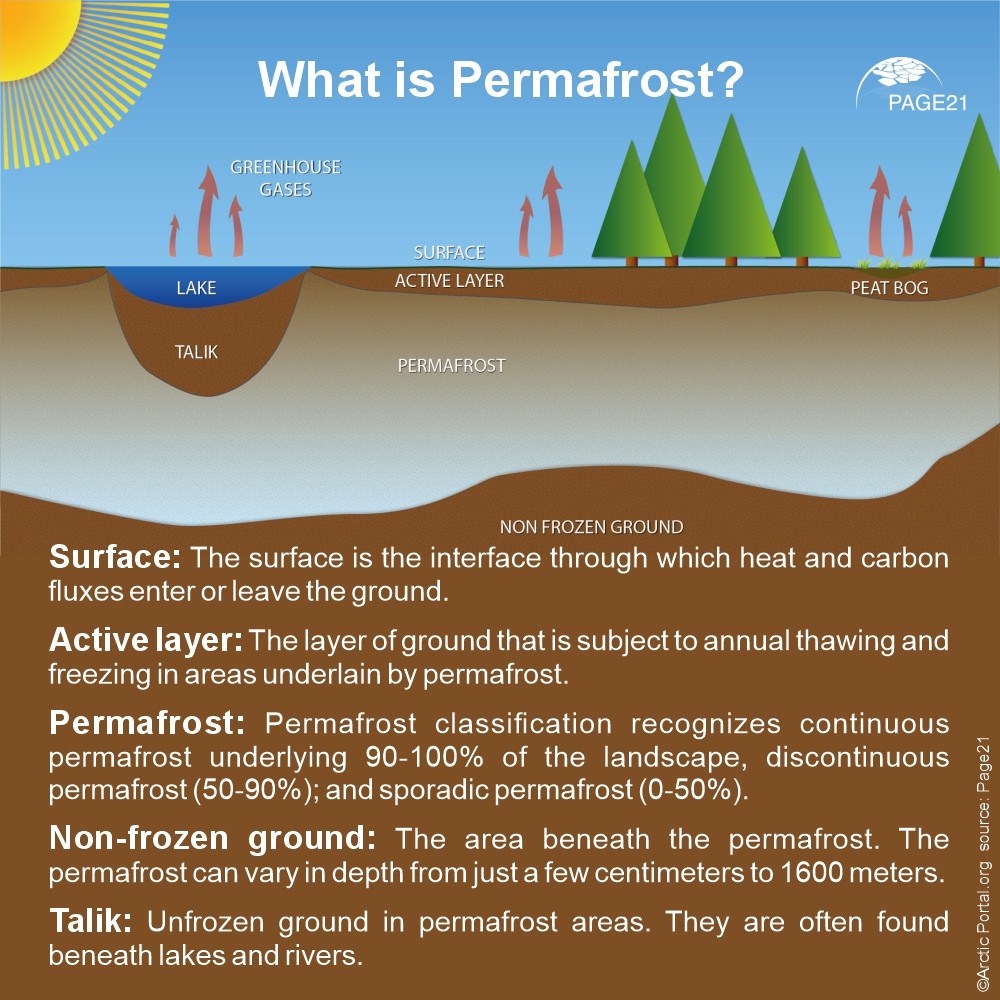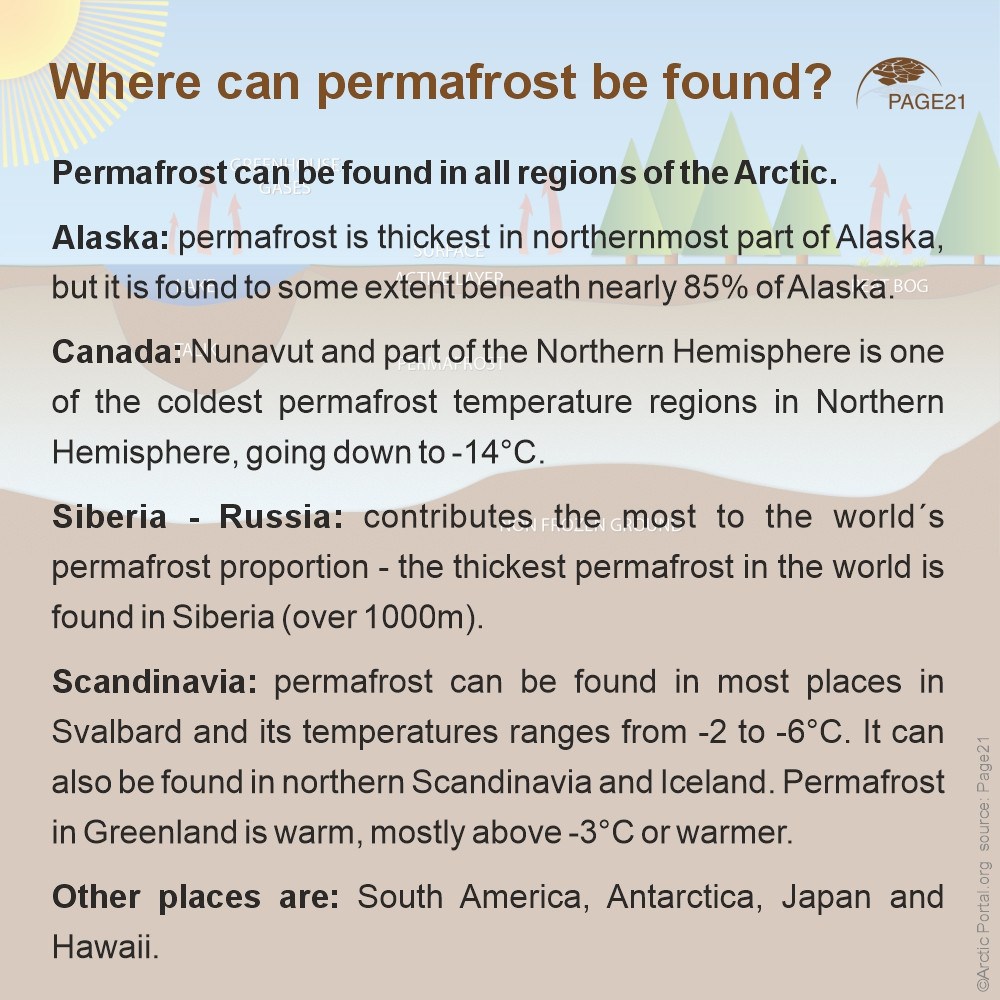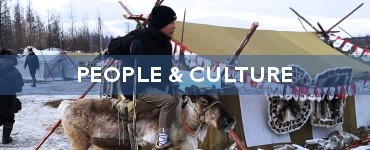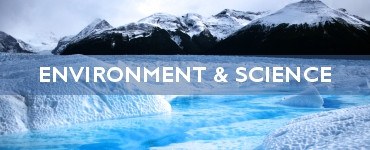Permafrost is defined as ground, soil or rock, including ice or organic material, that remains at or below 0°C for at least two consecutive years.
Permafrost is defined as ground, soil or rock, including ice or organic material, that remains at or below 0°C for at least two consecutive years.
The regions in which permafrost occurs occupy approximately 24% (23 million km2) of the northern hemisphere.
Permafrost is formed when the ground cools down in winter and produces a frozen layer below the surface that then remains frozen throughout the following summer, or longer.
Surface: The surface is the interface through which heat and carbon fluxes enter or leave the ground.
Active layer: The layer of ground that is subject to annual thawing and freezing in areas underlain by permafrost.
Permafrost: Permafrost classification recognizes continuous permafrost underlying 90-100% of the landscape, discontinuous permafrost(50-90%); and sporadic permafrost(0-50%).
Non-frozen ground: The area beneath the permafrost. The permafrost can vary in depth from just a few centimeters to 1600 meters.
Talik: Unfrozen ground in permafrost areas. They are often found beneath lakes and rivers.
Permafrost does not have to contain water or ice. As long as the temperature of the ground stays at or below freezing point year after year, it is still considered permafrost, even if the ground is completely dry. This is because permafrost is defined by temperature.
The active layer is the soil near the ground surface that thaws each summer, but freezes again during the winter. The ground temperature can fluctuate between 20° and 30°C between summer and winter.
Deep in the ground, however, soil temperature changes little from season to season. At 2-20m depth, depending on soil material, there is no seasonal change in temperature at all.
The thickness of permafrost depends on local climatic conditions, vegetation cover, soil type and soil moisture content. It is also impacted by the heat from the Earth's center. The deepest permafrost areas are in Siberia.
Where can permafrost be found?
Permafrost can be found in all regions of the Arctic.
Alaska: permafrost is thickest in northernmost part of Alaska, but it is found to some extent beneath nearly 85% of Alaska.
Canada: Nunavut and part of the Northern Hemisphere is one of the coldest permafrost temperature regions in Northern Hemisphere, going down to -14°C.
Siberia - Russia: contributes the most to the world's permafrost proportion - the thickest permafrost in the world is found in Siberia (over 1000m).
Scandinavia: permafrost can be found in most places in Svalbard and its temperatures ranges from -2 to -6°C. It can also be found in northern Scandinavia and Iceland. Permafrost in Greenland is warm, most above -3°C or warmer.
Other places are: South America, Antarctica, Japan and Hawaii.
Visit our Map Gallery Arctic Portal specializes in creating customized graphical maps that cover a range of significant Arctic topics with global recognition. We are continuously working on new maps and adding them to our Gallery.











